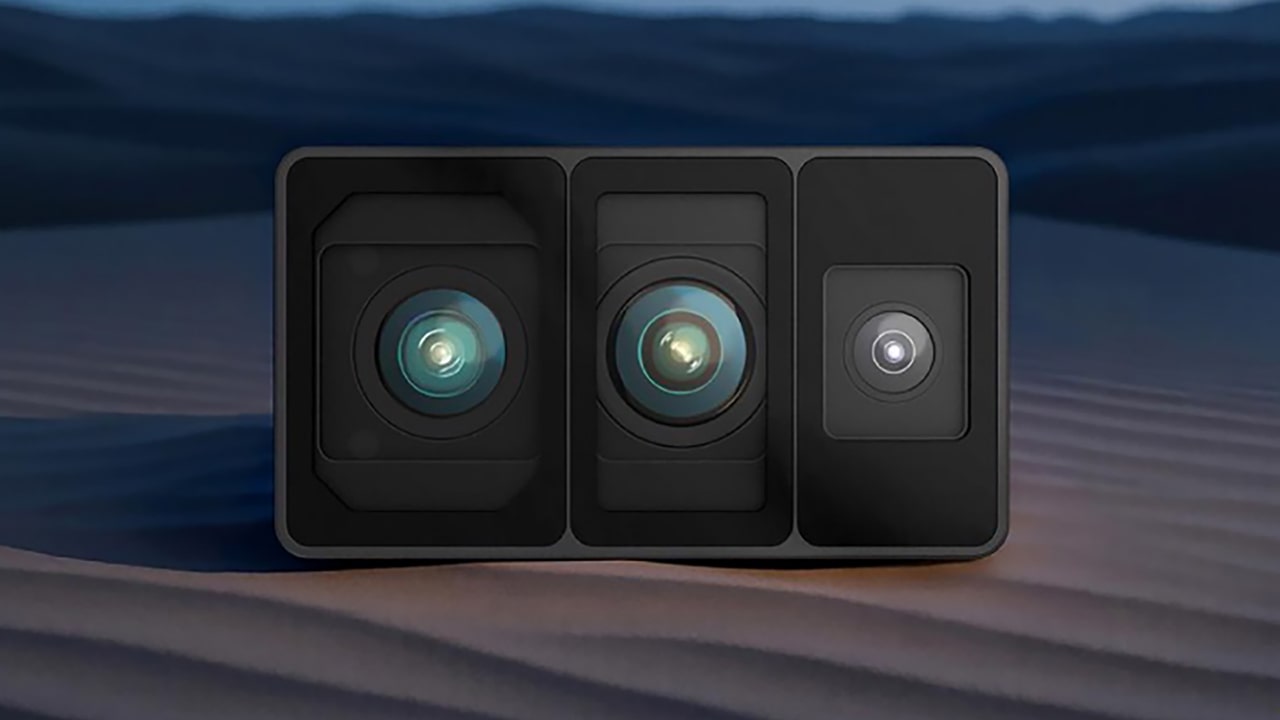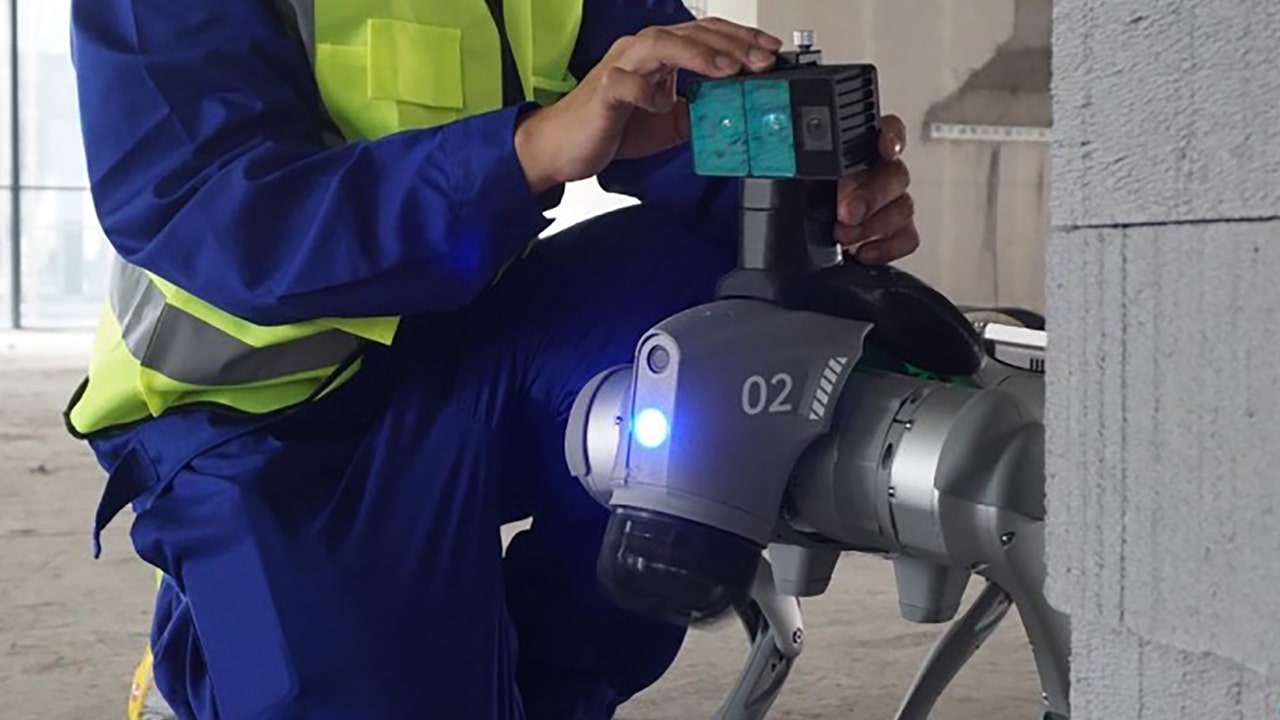Manifold Tech, a Shenzhen-registered company, has raised a seven-figure RMB sum in a pre-Series A funding round backed by investors including Hony Capital. The capital will support the custom manufacturing of core components, the scaling of product delivery, and efforts to expand the company’s market presence. Manifold previously received seed funding from ZhenFund and an angel investment from Junsan Capital.
Founded in 2022, Manifold develops 3D perception and reconstruction algorithms for robots and drones, allowing them to sense spatial environments, retain environmental memory, and interact with their surroundings in real time. The company’s founding team comes from the Mechatronics and Robotic Systems (MaRS) Lab at the University of Hong Kong, which focuses on drone design, navigation, control, and SLAM (simultaneous localization and mapping) using LiDAR (light detection and ranging). Professor Zhang Fu, head of the MaRS Lab and former scientific advisor to DJI as well as a founding member of Livox, now advises Manifold on technical strategy.
As artificial intelligence and machine learning technologies continue to evolve, 3D sensing systems have become more accurate and efficient. Commercial platforms powered by high-performance parallel computing now process large volumes of images and point clouds rapidly, enabling swift reconstruction of outdoor scenes and objects. These capabilities are finding applications across a variety of industries.
In cultural heritage preservation, high-resolution digital replications of historical buildings and artifacts support long-term conservation and open up opportunities for virtual exhibitions and educational programs. In emergency response, 3D data can help reconstruct the layout of fire sites, trace ignition points, and analyze burn patterns and structural integrity—ultimately enabling faster, more informed decisions after a disaster.
Spatial perception and memory are especially critical for robotics. Autonomous machines navigating complex environments must detect and remember obstacles, pathways, and spatial configurations to move safely and plan routes effectively. However, many existing systems have limitations. GPS signals are often unreliable indoors, while alternatives like ultra-wideband (UWB) and Bluetooth require fixed infrastructure. Visual and LiDAR-based systems may falter in unfamiliar or dynamic environments, leading to errors or failed navigation.
Current hardware also presents challenges. Manual calibration is time-consuming, and changes in hardware or environment often require parameter reconfiguration by experts. Development teams must manage large datasets and continuously fine-tune algorithms to suit specific scenarios, increasing costs and prolonging timelines.
To address these issues, Manifold developed MindSLAM, a fully solid-state, multi-sensor fusion architecture powered by proprietary algorithms. At its core is Odin 1, which the company describes as the world’s first module to combine spatial perception and memory.

Odin 1 includes a SPAD (single-photon avalanche diode) dTOF depth sensor, a high-resolution color camera, and an inertial measurement unit. The system synchronizes spatiotemporal data across sensors to ensure accurate, consistent outputs. According to Manifold, Odin 1 delivers centimeter-level localization, detects objects up to 70 meters away, and offers a 120-by-90-degree field of view. It generates point clouds at a rate of 700,000 points per second, enhancing data granularity and completeness.
Functionally, Odin 1 acts like the hippocampus in biological systems, which governs spatial memory. By aligning spatial and temporal data, Odin 1 creates detailed spatial memory frameworks and 3D maps, even in low-light or low-feature settings. Robots and drones using Odin 1 can detect object orientation and position with high precision and generate real-time environmental maps under challenging conditions.
These capabilities improve autonomous navigation, enable more efficient route planning, and support better performance in complex scenarios.
MindSLAM is also integrated with Manifold’s MindCloud platform, which allows users to convert real-world environments into photorealistic 3D simulation models with a single click. The platform supports digital twin generation, spatial data management, and simulation-based training for robotics algorithms, providing a foundation for development and operational decision-making.

According to 36Kr, Manifold’s real-time, true-color 3D reconstruction tools are already being used in sectors such as construction digitization, renovation measurement, fire site modeling, traffic accident documentation, and industrial manufacturing.
In practice, drones and robots equipped with Odin 1 can enter disaster zones to deliver real-time 3D maps, helping emergency responders access accurate structural information. On construction sites, Odin 1 can log spatial changes, track progress, and assess build quality, streamlining project management and reducing labor demands.
Manifold is collaborating with several robotics manufacturers to lower the cost of smart sensing modules and offer integrated solutions for navigation, scanning, and localization. Odin 1 is scheduled to enter mass production in July and will be launched globally thereafter.
KrASIA Connection features translated and adapted content that was originally published by 36Kr. This article was written by Huang Nan for 36Kr.
